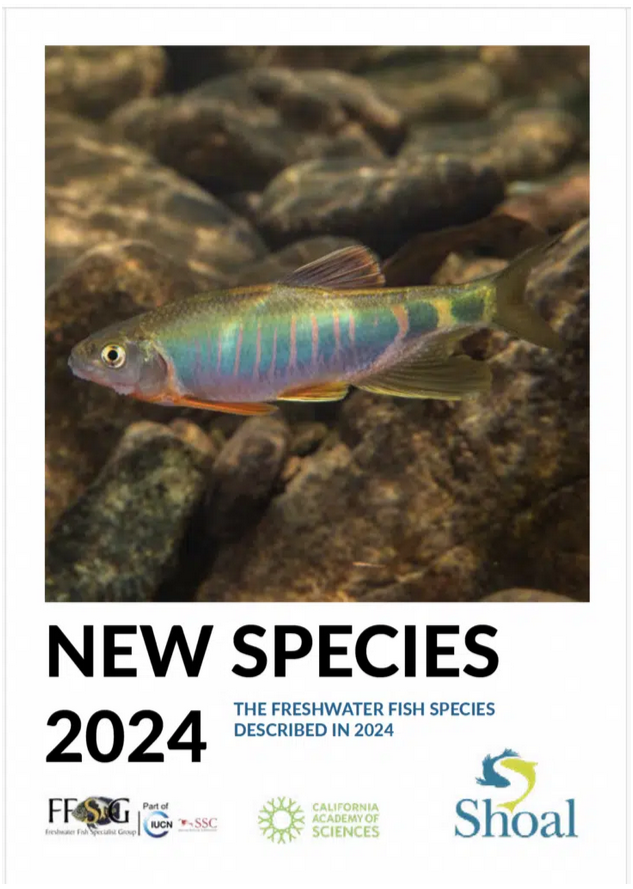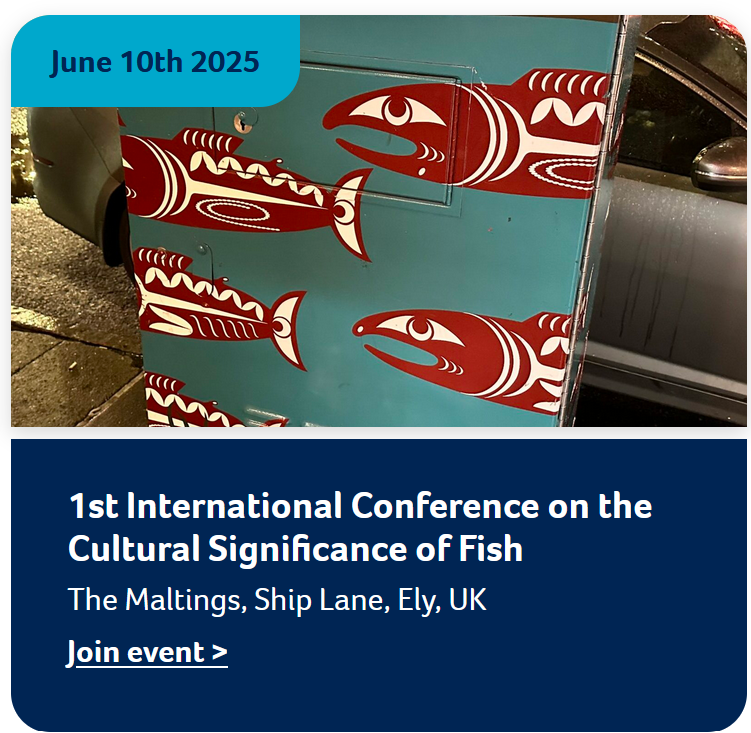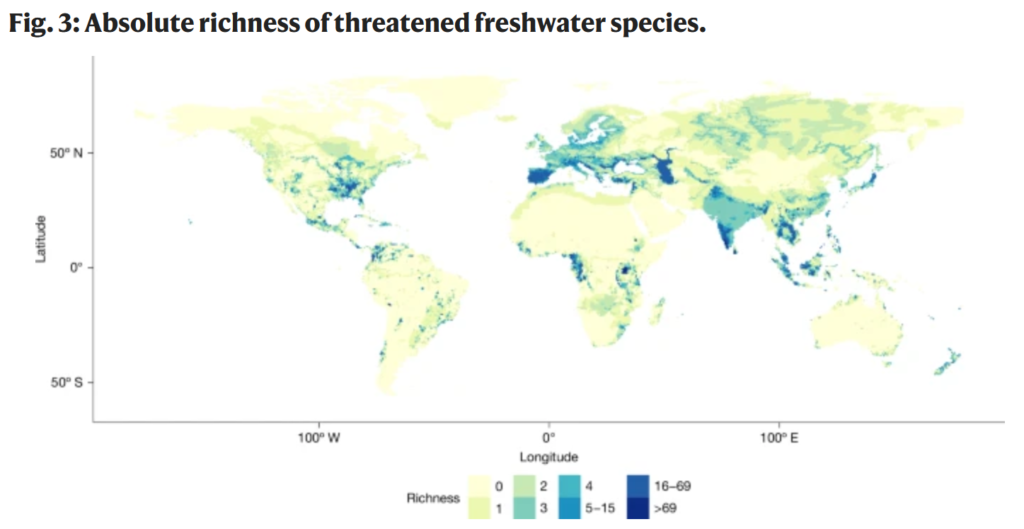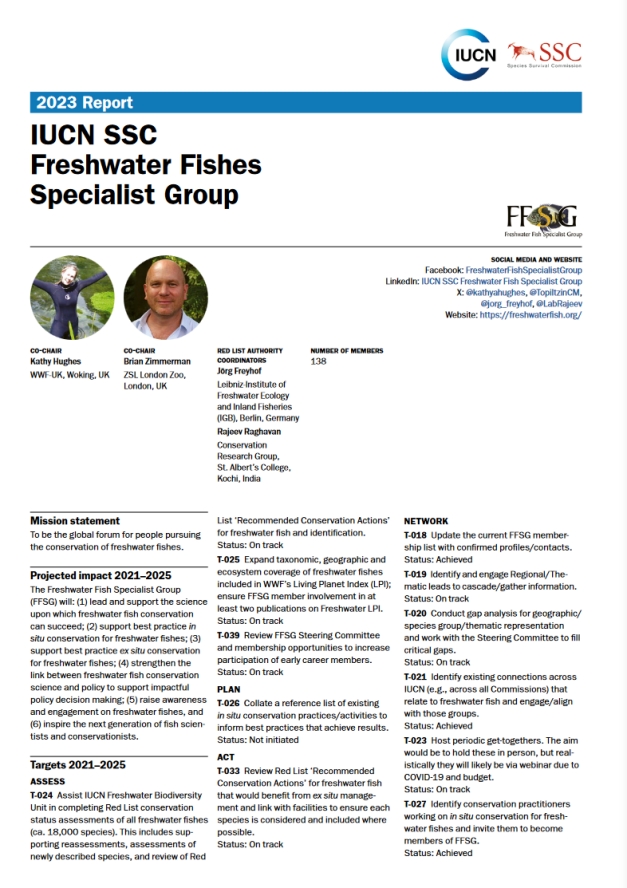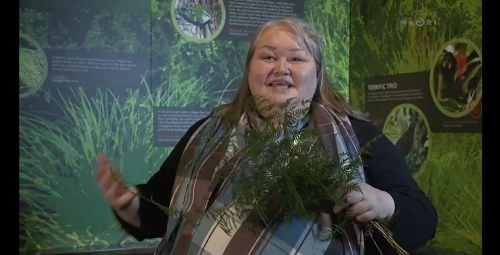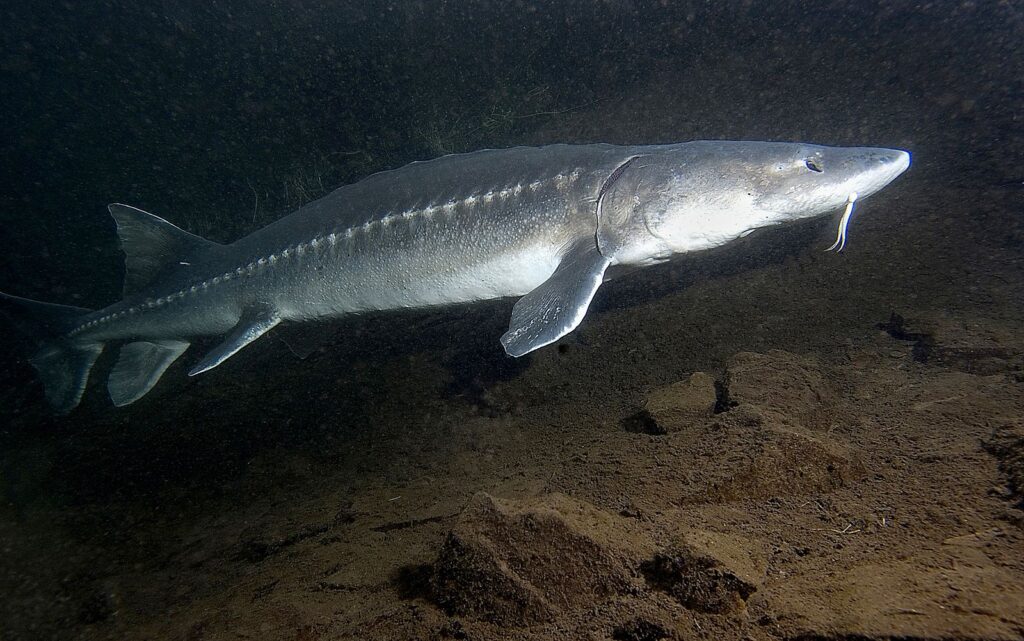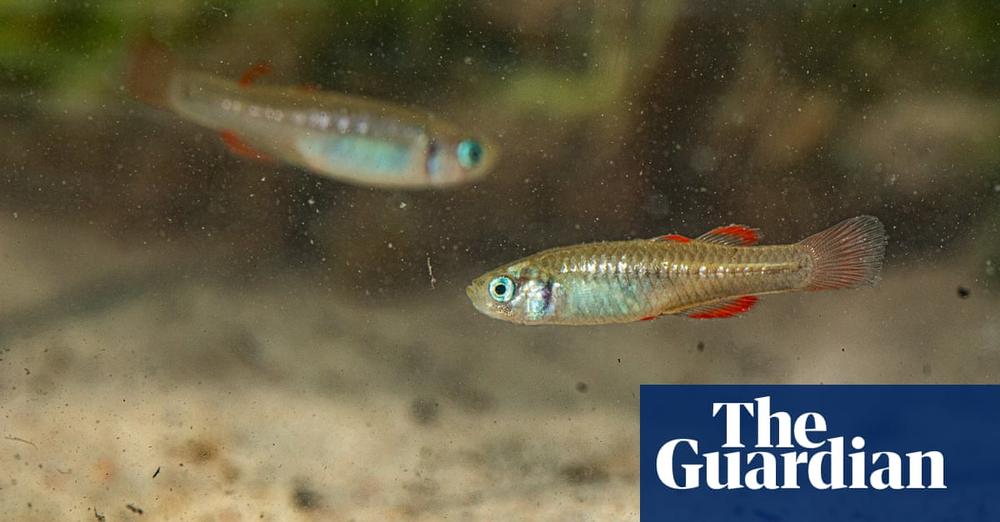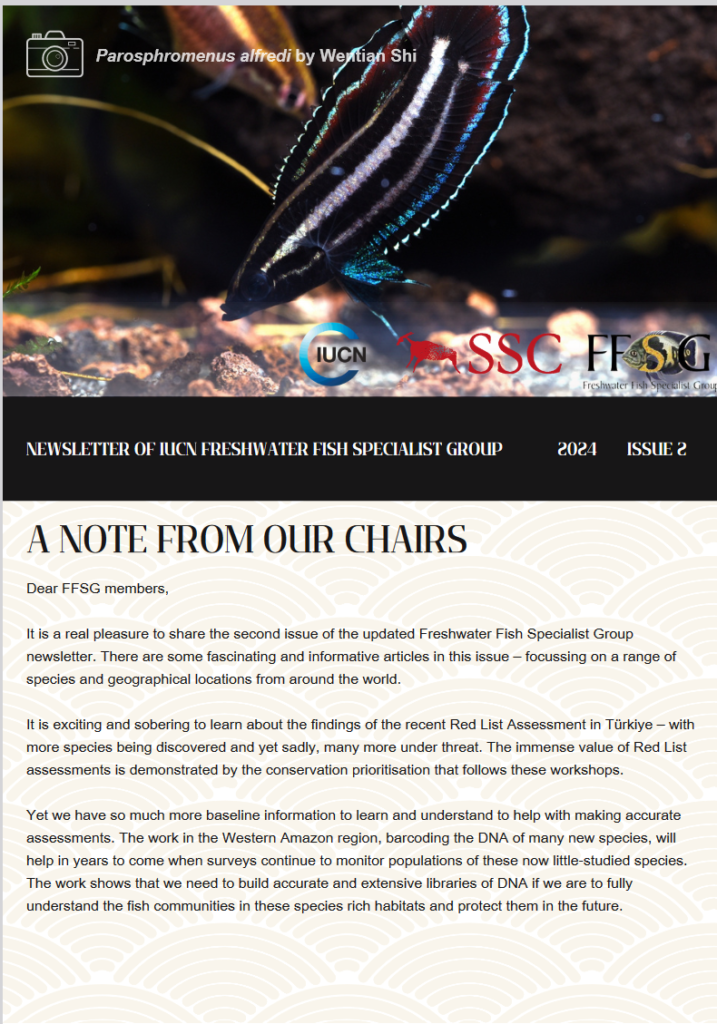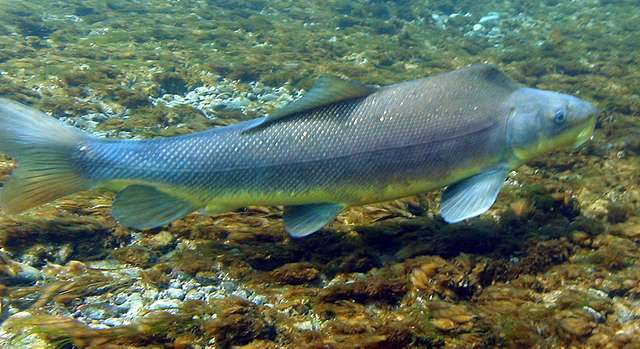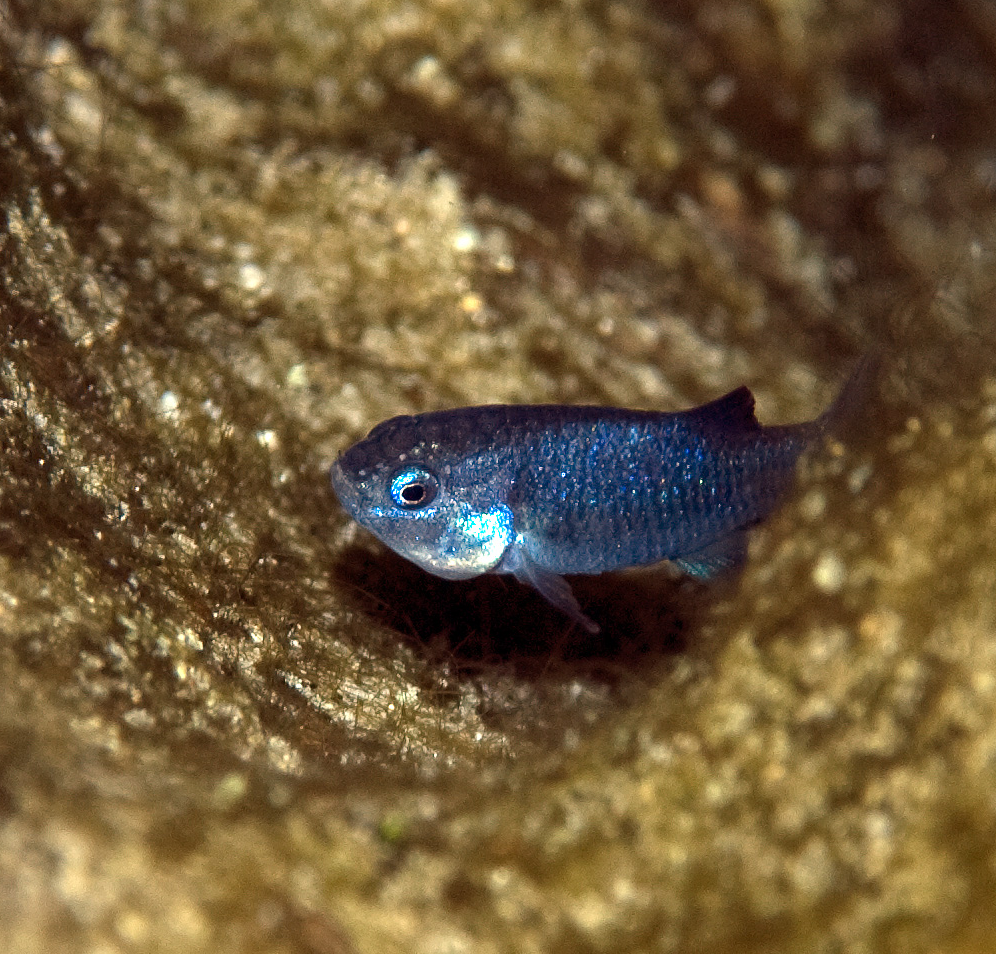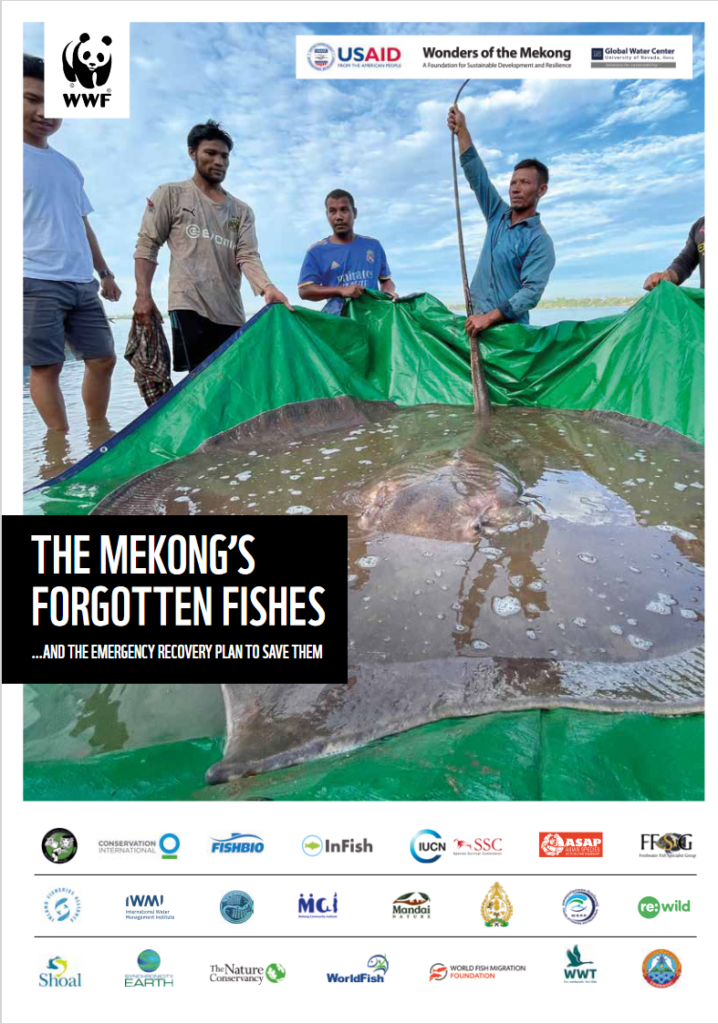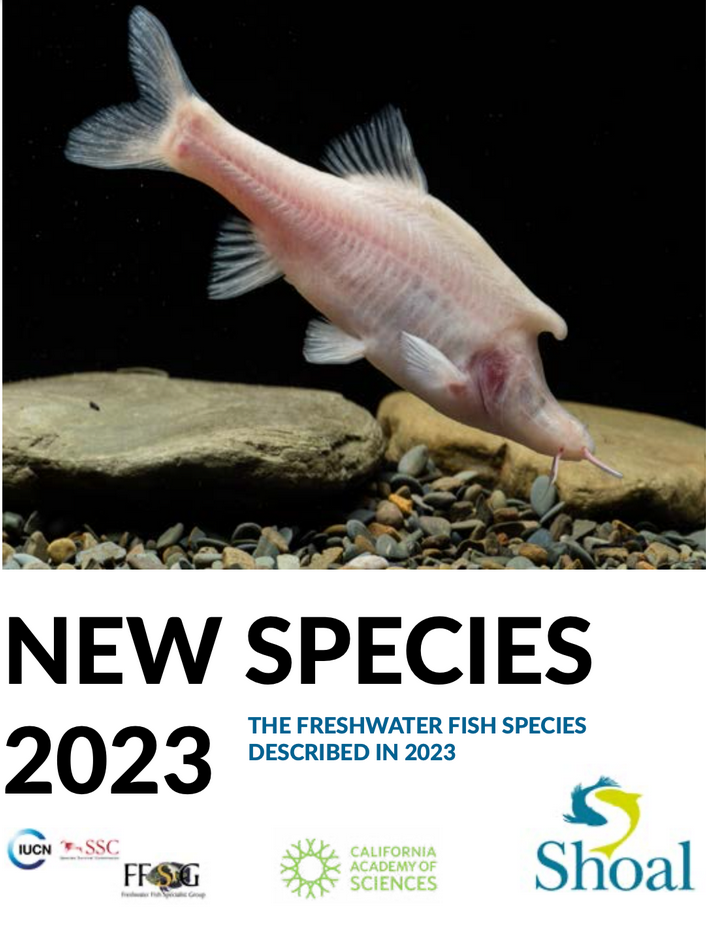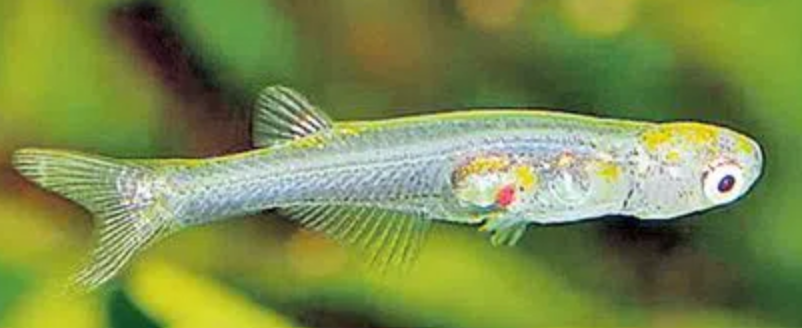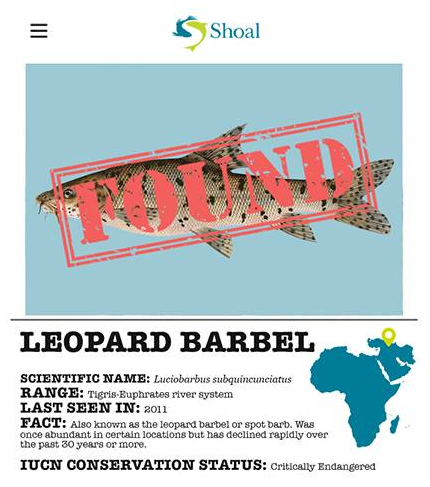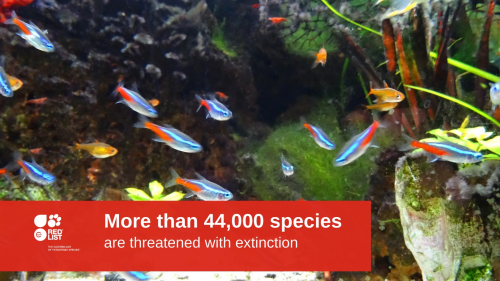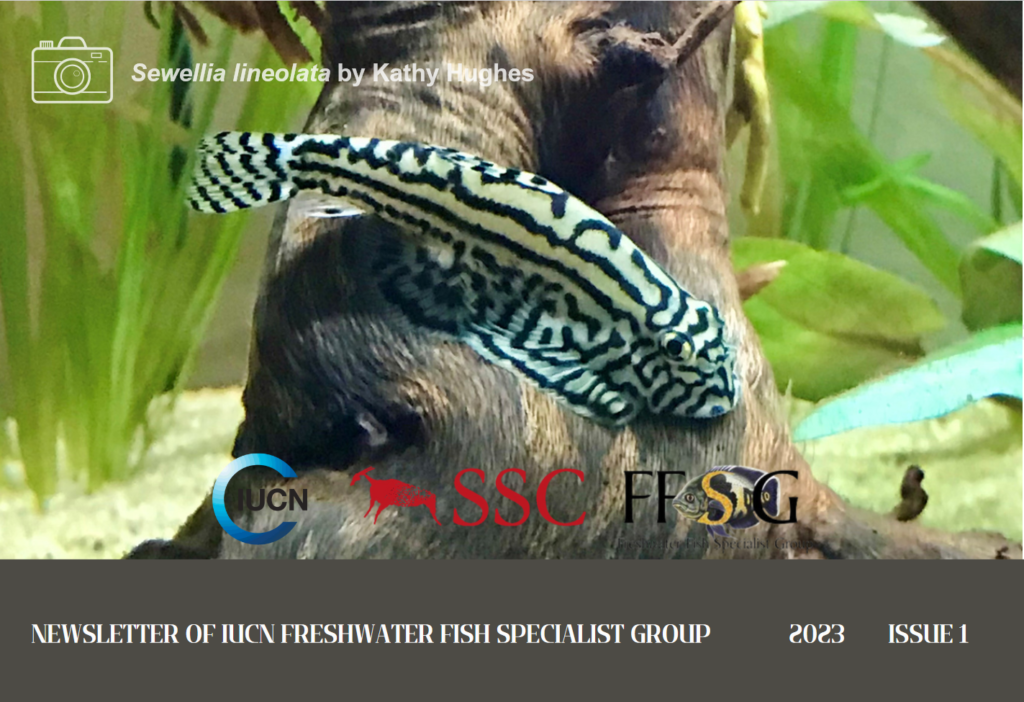

We learned with great sadness in April of the passing of Freshwater Fish Specialist Group member and Regional Chair for Madagascar, Dr Paul Loiselle. Paul was legendary for his knowledge of freshwater fish species, especially those from Africa and including Madagascar. He was an excellent photographer and produced so many stunning images of freshwater species, which helped generate interest and propel them into the spotlight and garner conservation support. During the course of his more than 50 year career, Paul studied fishes from all over the world, promoting their conservation in so many places including not only Madagascar but across Africa, including the rift valley lakes and Lake Victoria and also in the neotropics of the West Indies, Mexico and Central America, and Peru.
Paul was the Curator of Freshwater Fishes at the New York Aquarium from 1988 until his retirement and was hugely respected in the public aquarium and zoo community. He was also well known by aquarium hobbyists as a founding member and Fellow of the American Cichlid Association, an Honorary Fellow of the Association France Cichlid and a Life Member of the North Jersey Aquarium Society.
Paul is a well published author of many manuscripts and publications on freshwater fish, including their aquarium care and breeding. His books include The Cichlid Aquarium, Your Garden Pond, and The Fishkeeper’s Guide to African Cichlids.
Several fish species have been named after Paul V. Loiselle in recognition of the huge role he has played in freshwater fish study and conservation. With his love of and dedication to Malagasy cichlids he is honoured in nomenclature with Madagascar cichlids named for him: Ptychochromis loisellei, described by Sparks and Stiassny in 2002, and Paretroplus loisellei as well as the Papua New Guinea rainbowfish Melanotaenia loisellei.
Paul was behind the CARES (Conservation, Awareness, Recognition and Responsibility, Encouragement and Education, and Support and Sharing) programme from the beginning in 2004 and served as their Technical Editor for Freshwater Fishes and Madagascar Regional Coordinator.
Freshwater fish enthusiasts around the world share an immense gratitude to Paul for providing inspiration, information and steadfast support. We will all miss him greatly and thank him wholeheartedly for his tremendous contributions to our knowledge and understanding of the freshwater fish world.
Thank you, Paul.
Dr Paul Loiselle was an avid photographer of freshwater fishes. FFSG share a small selection of them here. All images © Paul Loiselle.





